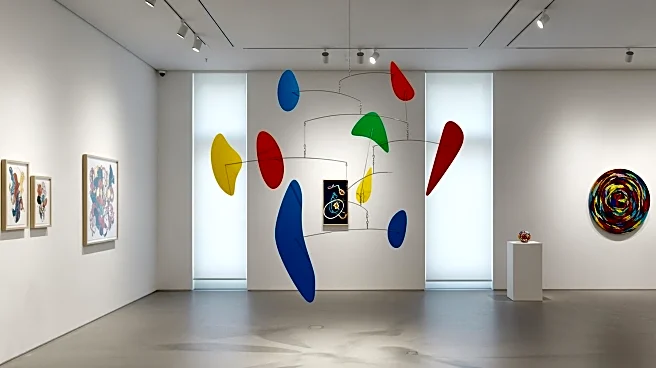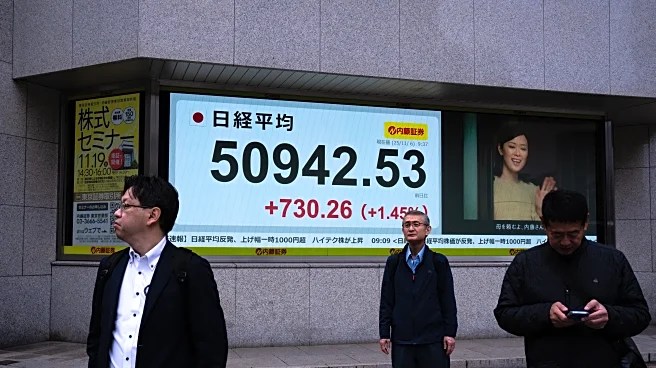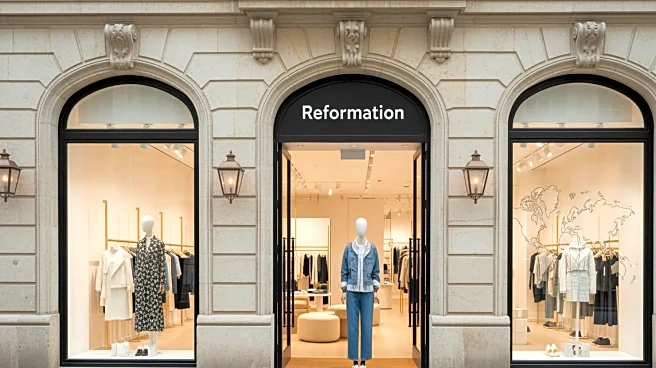What's Happening?
Alphonse Mucha's 'Gismonda' poster, created in 1894, marked a significant turning point in the artist's career and the Art Nouveau movement. Commissioned by Sarah Bernhardt for her play 'Gismonda,' the poster's
unconventional design captivated Parisians, leading to Mucha's rise to fame. Bernhardt, impressed by Mucha's work, engaged him for further artistic collaborations, including posters, costumes, and sets. Mucha's partnership with Bernhardt helped him overcome financial difficulties and established his reputation in the art world. The 'Gismonda' poster introduced Mucha's iconic 'Q' composition style, which became a hallmark of his work.
Why It's Important?
The 'Gismonda' poster not only propelled Mucha to international fame but also played a crucial role in popularizing the Art Nouveau style. Mucha's work demonstrated the power of visual art in mass communication, influencing advertising and design across Europe and America. The collaboration between Mucha and Bernhardt exemplifies the synergy between art and celebrity, showcasing how strategic partnerships can elevate artistic careers. Mucha's success paved the way for future artists to explore commercial art while maintaining creative integrity, impacting the evolution of graphic design and advertising.
What's Next?
While Mucha's 'Gismonda' poster remains a celebrated piece of art history, its influence continues to inspire contemporary artists and designers. The enduring appeal of Art Nouveau elements in modern design highlights the lasting impact of Mucha's work. As art institutions and collectors revisit Mucha's contributions, there may be renewed interest in exhibitions and retrospectives that explore his legacy. Additionally, the principles of Mucha's design, such as the 'Q' composition, may be adapted and reinterpreted in new artistic contexts.
Beyond the Headlines
Mucha's journey from financial precarity to artistic acclaim underscores the importance of resilience and opportunity in creative fields. His story illustrates the potential for art to transcend cultural and economic barriers, offering insights into the role of visual media in shaping public perception. The ethical considerations of commercial art, as seen in Mucha's career, continue to be relevant in discussions about the balance between artistic expression and commercial success.













